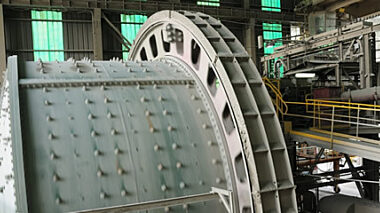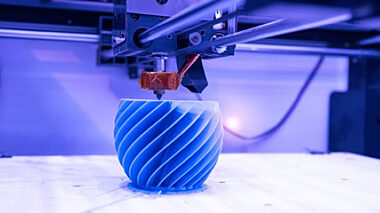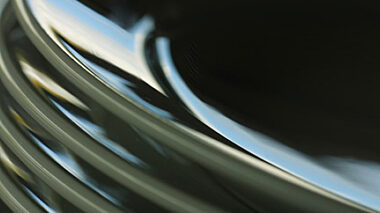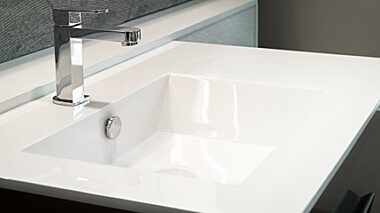Ceramics Manufacturing Process Optimisation Consultancy
Are your production processes running as efficiently and effectively as they could be?
Are you keeping up-to-date with new processing innovations and technologies?
We add value at every stage of the production process.

Raw Material Characterisation
Material characterisation is an extremely effective way of analysing any raw material changes. To fully exploit this method of testing, the raw material is processed through our pilot plant to duplicate the standard process. Material analysis then starts with rheological evaluation, forming via pressure/plaster casting or extrusion, followed by evaluation of the texture of the formed piece. Any differences from the baseline material formulation are highlighted and the same loop can be followed again after any re-formulation or material changes.
Body preparation and evaluation
The characterisation of a body ready for processing can be critical in relation to performance throughout the rest of the process. The key initial step is rheological characterisation of the prepared suspension to establish the more in-depth characteristics, associated with a number of key properties, that are often not seen during the standard manufacturing tests. This avoids problems at the end of the production line.
Dry forming
Dry forming utilising a powder feedstock which has normally been granulated to improve critical properties such as homogeneity and flow, can also be investigated by Lucideon, via die pressing and isostatic pressing.
Die-pressing is ideal for simple shapes such as tiles. We have a number of small die presses which can produce reference pieces for evaluation from 10mm up to 110mm with pressures up to 50tf.
For isostatic-pressing the powder is introduced into a flexible mold which is then sealed and placed into a water-filled pressure chamber. Forming pressure is applied to compact the powder into the desired shape. The iso press at Lucideon can produce pieces from 18cm diameter x 45cm deep at up to 200 MPa.
Wet forming
There are a number of forming methods available at Lucideon from extrusion through to casting. By utilising our range of pilot-scale processes, smaller items can be produced to represent the challenges faced in the full production process.
The formed pieces can also be tested for cast texture, where the firmness of the formed piece through the cast thickness is evaluated. At this stage, reference to the previous rheological characterisation is made, such that the difference in cast texture from the surface to the centre of the piece can be evaluated.
Drying
Often the most important part of the process, the drying stage is critical with regards to controlling the shrinkage of the piece as it goes through critical moisture content. We can help to map the shrinkage characteristics of the piece as it flows through the production process and therefore establish the safe conditions that allow the piece to shrink in a uniform manner to minimise the differential shrinkages. A number of types of drying systems have been investigated and evaluated by Lucideon from Reduced Oxygen (RO2) dryers through to vacuum-based systems.
Glazing
We can investigate glaze technology from raw material characterisation and development, through to processing and application.
Our experienced glass and glaze technologists regularly produce a range of frits and glazes to be tested for a range of conditions/applications, from pharmaceutical through to whitewares. Glazes ready for application can be tested from rheological characteristics through to firing performance, with a range of tests available from thermal expansion to fired colour, helping to summarise a glaze from a technical perspective.
The performance of a glaze in the factory from application through to fired finished and associated faults is often a key area of investigation, with glaze faults relating to application issues and glaze set-up becoming an area of more increased interest.
Firing
There are a range of kilns at Lucideon from gas (including hydrogen-powered) to electric, from frit kilns with the ability to load or empty at peak temperature through to high temperature gas burner-based systems. These can be used in combination with the previous processing steps within the pilot plant to reproduce processes and where required investigate the variables produced by changing the standard process.
Much of our work revolves around looking at new firing processes to offer productivity improvements.
» For more details on our Flash Sintering technology click here
Product evaluation and testing
From metal release through to detailed microscopic investigation and comparison/ performance to a range of standards, we have a wide range of analytical capabilities at our disposal. We don't just provide data though: our experts interpret the data and advise on how best to use it to solve product and process challenges.
White Papers







